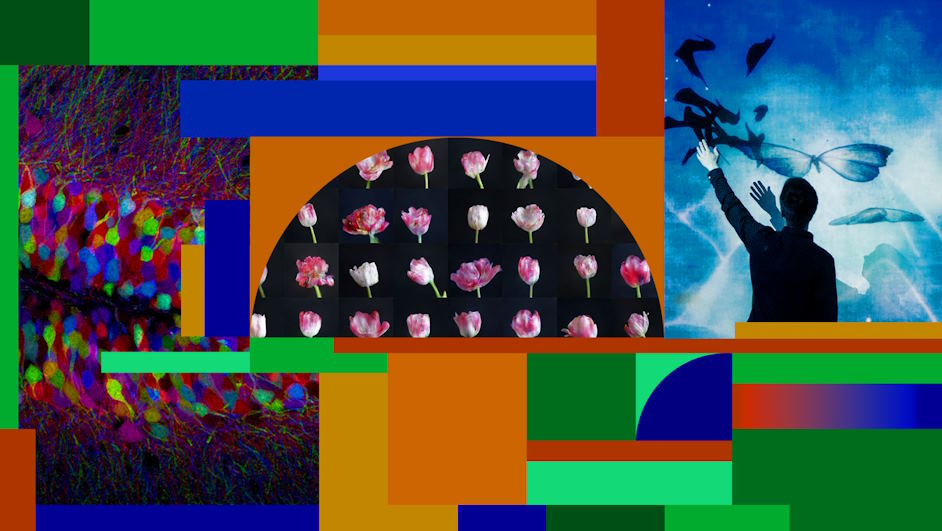Cultural traditions serve as the threads that weave together the rich tapestry of human history, reflecting the beliefs, customs, and values of diverse societies across the globe. At the heart of this tapestry lies the profound role of art and design, which not only preserves cultural heritage but also serves as a powerful means of expression. Through art, we can explore the intricacies of cultural traditions, delve into the depths of cultural identity, and bridge gaps between communities.
Cultural Traditions and Contemporary Artistic Interpretations
The evolution of cultural traditions in art and design:
Throughout history, cultural traditions have been dynamic, adapting and evolving with the passage of time. In the realm of art and design, this evolution is particularly fascinating. Traditional artistic practices that were once confined to specific cultural contexts have found new life through contemporary interpretations. As societies embrace change, artists have skillfully incorporated elements of their cultural heritage into their work, creating a beautiful amalgamation of the old and the new.
How contemporary artists incorporate traditional elements into their work:
Contemporary artists have embraced the challenge of preserving cultural traditions while pushing the boundaries of artistic expression. They skillfully infuse traditional elements into their creations, seamlessly blending the familiar with the avant-garde. By incorporating elements such as symbolic motifs, traditional craftsmanship techniques, or cultural iconography, they pay homage to their heritage while providing fresh perspectives for audiences to explore.

Examples of artists blending cultural traditions with modern aesthetics:
- Fusion of traditional and contemporary materials:
Artists have begun experimenting with a fusion of traditional and contemporary materials, creating visually striking pieces that bridge the gap between past and present. For instance, traditional textiles might be combined with modern metals or digital media to create stunning mixed-media installations, offering a new lens through which to view cultural traditions.
- Reimagining traditional narratives in a contemporary context:
Contemporary artists often reimagine traditional narratives, bringing them into the present day and shedding new light on their significance. By reinterpreting ancient stories, legends, and myths through a contemporary lens, they challenge preconceived notions and encourage dialogue around cultural heritage.
- Combining traditional techniques with new technologies:
Advancements in technology have opened up exciting possibilities for artists to merge traditional techniques with cutting-edge tools. Traditional art forms such as painting or ceramics may be enhanced through digital manipulation, 3D printing, or virtual reality. This fusion of old and new techniques adds depth and innovation to the artistic process, creating captivating works that transcend boundaries.
Exploring Cultural Identity through Art and Design
Art and design as a medium for exploring cultural identity:
Art and design have long been powerful vehicles for individuals to explore and express their cultural identity. Through the creative process, artists delve into their personal histories, traditions, and experiences, weaving them into their artistic creations. By exploring their cultural identity through art, they not only deepen their understanding of themselves but also offer a window into their community’s collective identity.

The role of personal narratives and experiences in artistic expressions:
Artistic expressions often draw inspiration from personal narratives and experiences. Artists infuse their work with their unique perspectives, memories, and emotions, which are shaped by their cultural background. These personal narratives become a bridge between the artist and the audience, allowing viewers to connect on a deeper level and gain insight into the artist’s cultural identity.
Artists representing their cultural backgrounds through art and design:
- Cultural symbolism and iconography:
Artists frequently incorporate cultural symbolism and iconography into their work, using visual elements that hold deep cultural significance. These symbols act as visual languages, communicating complex ideas, beliefs, and values specific to a particular culture. By utilizing these symbols, artists invite viewers to explore and appreciate their cultural heritage.
- Cultural rituals and ceremonies depicted in art:
Art and design provide a platform for artists to depict and celebrate cultural rituals and ceremonies. Through their creations, artists capture the essence of these traditions, whether it’s a vibrant dance, a religious ceremony, or a celebratory gathering. By showcasing these cultural practices, artists contribute to the preservation and understanding of their cultural heritage.
- Art as a means of reclaiming and redefining cultural identity:
For some artists, art becomes a means of reclaiming and redefining their cultural identity. In societies where cultural assimilation or erasure is prevalent, art offers a space for artists to assert their heritage and challenge dominant narratives. By creating art that reflects their cultural background, these artists reclaim their identity and empower others to do the same.

